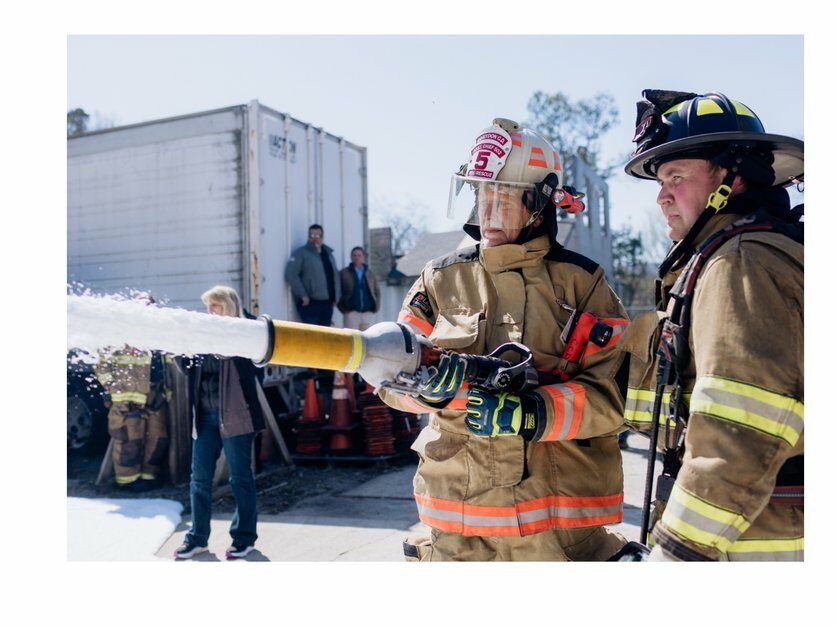Key Takeaways
- A new firefighting foam, SoyFoam TF-1122, aims to replace PFAS-tainted products and support U.S. soybean meal markets.
- Developed by Cross Plains Solutions, the foam is biodegradable, nontoxic, and certified for use in various fire scenarios.
- While currently undergoing certification, SoyFoam has the potential to significantly impact firefighting practices and environmental safety.
Innovative Firefighting Foam from Soybeans
A new firefighting foam known as SoyFoam TF-1122 is being developed to provide an eco-friendly alternative to toxic, PFAS-containing foams that have long contaminated water supplies. Funded primarily by the United Soybean Board’s checkoff program, the development process by Cross Plains Solutions in Dalton, Georgia, is projected to cost around $1.5 million by the time the product reaches the market.
Cross Plains Solutions has a plant capable of producing up to 22,000 gallons of SoyFoam per week, currently operating with four employees. As of now, the company is beginning to sell this product commercially. Early adopters include the Dalton Fire Department, which has used it for training since late 2022, and the Eau Claire Fire Department.
Traditional firefighting foams often contain fluorine, a “forever chemical” associated with serious health risks such as cancer and liver damage. Farmers, like New Mexico dairy producer Art Schaap, have faced contamination issues due to PFAS in firefighting foams, leading to devastating losses in their livestock.
SoyFoam, which has been patented, is a fluorine-free, biodegradable concentrate made from renewable resources—including soybeans, coconut, and corn. It mixes easily with water and does not require special handling. The foam is certified GreenScreen gold, ensuring it contains no harmful PFAS. In comparison, only 40 currently certified foams have achieved lower GreenScreen ratings.
Further certifications for SoyFoam include approval from the National Fire Protection Agency, which allows it to be used as a wetting agent for both Class A and Class B fires. Cross Plains claims that its foam is particularly effective in wildfire situations, as it is non-toxic to aquatic life and rapidly biodegradable, breaking down 91% within 180 days.
Unlike previous protein-based foams that struggled with stability and odor, SoyFoam has demonstrated shelf stability for up to ten years, significantly extending its usability.
The global market for firefighting foam was estimated at $4.95 billion in 2022 and is projected to grow to nearly $7 billion by 2031. Factors contributing to this growth include the demand for environmentally friendly alternatives and a rising incidence of fires.
Cross Plains is actively working on obtaining additional certifications to promote wider adoption of SoyFoam among fire departments, including the rigorous UL 162 standard, which would alleviate concerns about liability during firefighting operations. The company is also pursuing Military Specification approvals, enabling sales to the U.S. Armed Forces and the Federal Aviation Administration.
United Soybean Board Chairman Steve Reinhard anticipates that SoyFoam’s unique certification will make it competitive in the firefighting market. He suggests that there is great interest from both urban and rural fire departments due to the product’s sustainable profile and cost-effectiveness.
SoyFoam marks a significant step in utilizing soybean meal—a byproduct of soybean processing—by creating new demand streams. As market needs for soybean oil continue to grow, the exploration of alternative uses for soybean meal remains a priority for the United Soybean Board.
The content above is a summary. For more details, see the source article.















